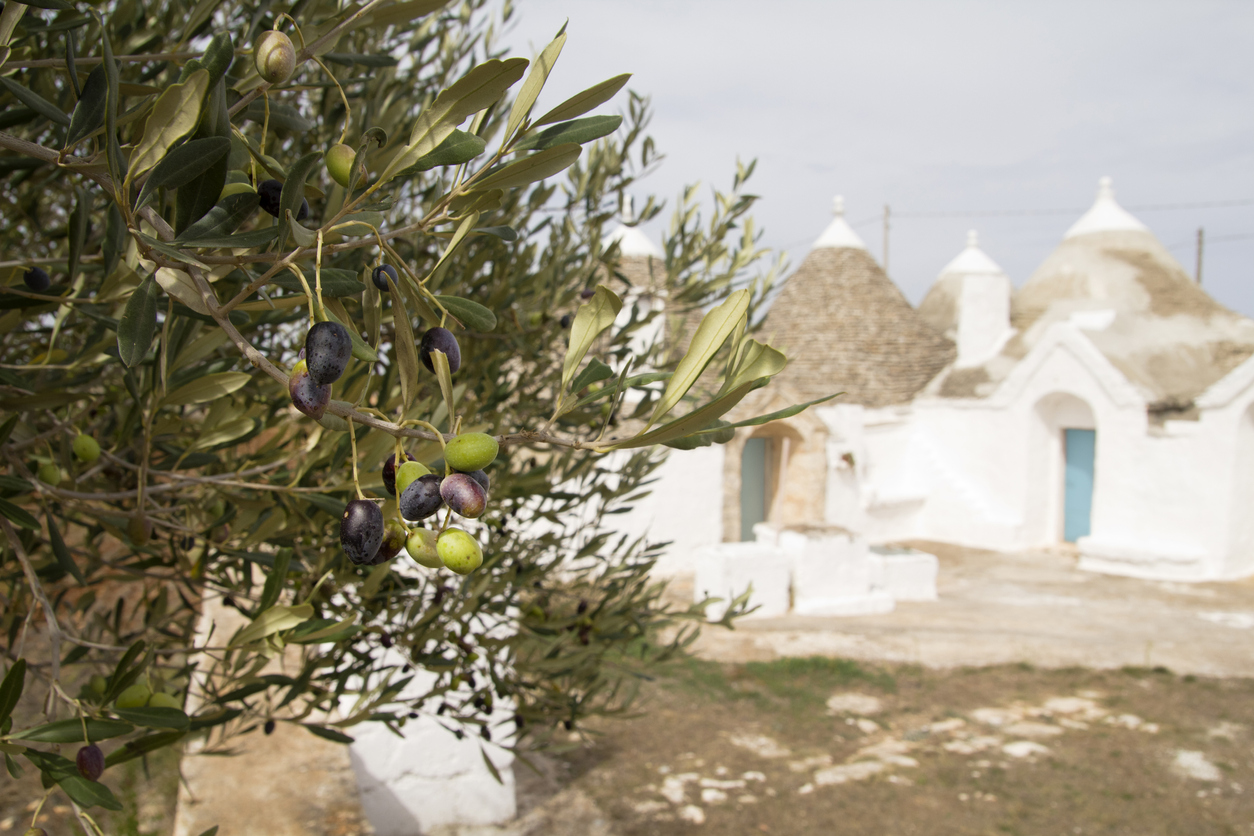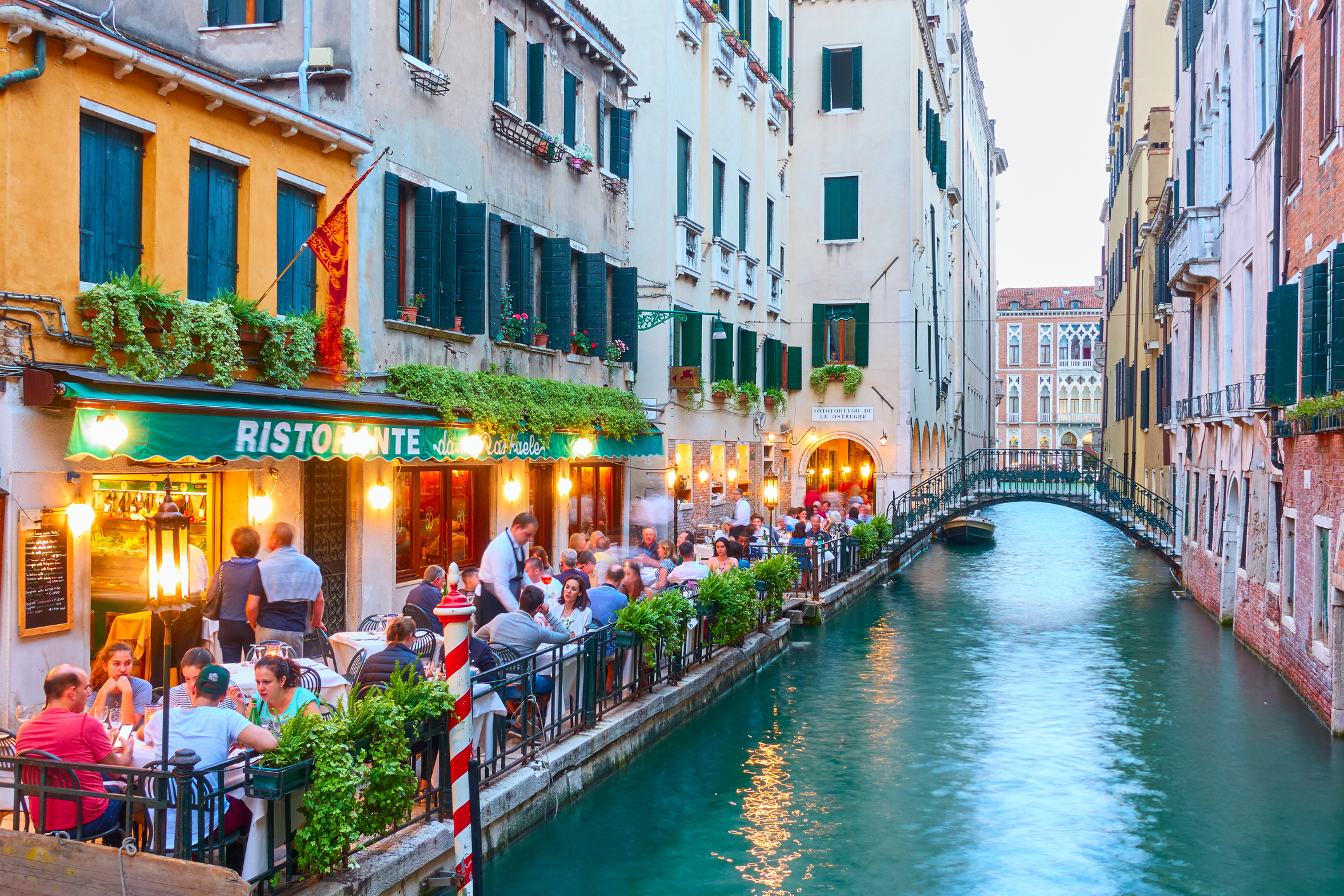Divine delicacies: delectable foods and drinks born out of convents and monasteries

In the 1950s, Pope Pius IX declared that “work forms part of the contemplative life” and encouraged religious orders to be self-sufficient. Gradually monasteries and convents with a tradition of making food and drink built up successful businesses selling directly to the public. Every product is produced with great care and attention to detail. For the monks and nuns who make the most of fresh seasonal ingredients, their work is much more than just a job – it’s a way of life.
European religious orders have earned an enviable reputation for their exceptional food and drink. In medieval times, religious orders cultivated extensive gardens that produced a steady supply of fruits, vegetables, herbs and edible flowers. Monks also established splendid fruit orchards – a few of which have survived to the present day. Medieval monks were the first to formulate liqueurs using medicinal herbs and thus became skilled in the art of distilling – an art which some orders still practice today.
World famous Chartreuse for instance is made by Carthusian monks in Voiron near Grenoble in France, who have produced the world famous green and yellow herbal liqueurs since the eighteenth century – only two monks know the secret recipe.
In Tuscany, the monks at the Camaldoli Monastery in Arezzo create herb-based digestives and liqueurs including the celebrated Laurus 48 liqueur. Walnut Liqueur (Nocino) is the speciality of the Cistercian Monastery in Valserena, Italy. The Trappist monks of the Tre Fontane Abbey in Rome make liqueurs including Eucalittino, an unusual eucalyptus liqueur.

Chartreuse

Nocino
Left: Chartreuse
Right: Nocino
The Benedictine monks of Ampleforth Abbey in Yorkshire produce excellent cider, apple juice and honey from their historic orchard of two thousand trees which incorporates more than forty varieties of apples, including flavoursome old fashioned varieties such as Ribston Pippin (originating from the 17th century). The orchard also has the additional benefit of safeguarding and providing a superb habitat for wildlife.
The Cistercian monks of Mount Saint Bernard Abbey in Leicestershire produce a full-bodied dark beer and theirs is one of only very few in the world to carry the ‘Authentic Trappist Product’ label. A beer only becomes Trappist if its brewed within the walls of a Trappist abbey and when part of the profits are reserved for charitable works. The logo guarantees that the beer is brewed on site, under the control of the monks.
Belgium is well known for its beers and several Belgian orders brew authentic Trappist beers which are renowned for their high quality and strength. The monks of the Abbaye Notre-Dame du Sacré-Coeur in Westmalle and the Cistercian monks of Scourmont Abbey, in Chimay, Hainaut, both produce much sought after beers.
Behind the cloistered walls of convents throughout Spain, Catholic nuns support themselves financially by making hundreds of varieties of delectable cakes, biscuits, pastries, preserves and sweetmeats – a tradition that has been practised since the Middle Ages.
After Muslim rule gave way to the Catholic kings, the sugary sweets much loved by the Muslim Moors, became the domain of medieval nuns who made the rich confections for saints’ days and other religious holidays. It’s also likely that women of noble birth, on entering the convents, brought with them a knowledge of sugar and its uses. Their families too, gave large dowries to the convents, which would have allowed the nuns to buy the costly ingredients needed. Many pastries have a marzipan centre often cobwebbed with intricate designs – a distant echo of the belief that the Koran forbids the representation of the human figure.
Wealthy families also donated expensive ingredients, as a thank you to the nuns for their prayers, perhaps for a particular cause. At that time sugar was a luxury and was largely eaten for medicinal reasons. The tempting sweets were intended to be eaten after a meal as an aid to digestion. Sugar was boiled into syrups and made into preserves with fruit. These are still made by nuns today and remain very popular. By the fifteenth century, the sweet specialities were enjoyed in their own right and were also given as gifts by the nuns to their wealthy benefactors who donated alms to the convents.
Every product is unique and of excellent quality. The nuns use only natural ingredients (no colourings or additives) which are the best of their kind: free-range eggs (often from the nuns’ own hens), extra virgin olive oil, superbly fresh almonds, (which the nuns skin and grind themselves for optimum flavour), and fruits and honey from convent orchards and hives. Recipes are followed meticulously with no short cuts, and many cakes are still baked in wood fired ovens. The nuns have carefully guarded the ancient recipes through the centuries and many recipes remain secret.
These exquisite convent specialities are regarded as very special and people will travel some distance to form long queues (particularly at Christmas and Easter) to buy them.
Several recipes call for huge quantities of egg yolks. Egg yolks were by-products of the wine industry (the whites were used to clarify the wine) and vast numbers were given to the convents by benefactors . Even though their main ingredients tend to be egg yolks and sugar, they are all very different, as they use additional regional ingredients.
The lavishly rich sweets enjoy delightful names such as Abbot’s Ears, (Orelhas de Abade) Nun’s Sighs (Suspiros De Monja) and Heavenly Bacon (Tocino Del Cielo). This last dish (an extremely rich custard) is said to have got its name when a nun accidentally left out egg whites from a sweet she was making and declared the result fit only for pigs! Another, (perhaps more likely) explanation is that bacon symbolised the fat of the land or good living.
One of the oldest and most famous specialities of Seville, Yemas de San Leandro is made at the convent of San Leandro. This spectacularly rich egg yolk sweet is made to a secret recipe that involves pouring egg yolks through small holes into boiling syrup. The resultant threads are then gathered into find strands of ‘angel hair’, twisted and left to cool. Also in Seville, the nuns of Santa Ines specialise in delicious pastries, while the nuns of the Santa Paula convent make wonderful fresh fruit jams.

Notre-Dame de Bonneval Abbey

The internal gardens of the Camaldoli monastery in Tuscany
Left: Notre-Dame de Bonneval Abbey
Right: The internal gardens of the Camaldoli monastery in Tuscany
Some French nuns also produce delicious sweets. The Cistercians of the Joie Notre Dame Abbey in Campénéac, Morbihan, Brittany, bake cakes and biscuits including superb Breton shortbread. At the Benedictine Abbey of Notre-Dame de Miséricorde of Rosans in the Hautes-Alpes, the sisters produce honey and also make delicious fruit compotes and jams. In 2016, the construction of a new building for the workshops made it possible for them to increase production, but the fruits are still peeled and prepared by the community. Cistercian nuns of Notre-Dame de Bonneval Abbey in Aveyron installed a small chocolate factory to produce their high quality chocolates, as did the Cistercian sisters of Notre-Dame de la Paix in Castagniers, about twenty kilometres from Nice. The nuns of Notre-Dame d’Igny, in Arcis-le-Ponsart, Marne, also make unique chocolates and are particularly famous for their Bouchons de Champagne (‘champagne corks’) chocolates filled with Marc de Champagne (a brandy made using the discarded seeds and skins of champagne grapes).
Every convent is different, but most are only open for a few hours in the morning or afternoon. All of them are closed on Sundays, and many also close for major religious events such as Easter. In the enclosed orders, the nuns are not allowed to be seen by visitors, who must ring the bell and give their order. Payment is placed on a revolving wooden turntable (torno) in front of a grille. The unseen nun places the order on the torno and turns it around. In unenclosed orders, you can see and talk to the nuns.
The enthusiasm and dedication of the monks and nuns ensures that everything is made using only the finest natural ingredients such as free-range eggs, wholesome fresh vegetables, herbs, fruits and honey from their own orchards and hives. Every product is unique and has gained a reputation of being of superlative quality – so much so that nowadays, demand for monastic produce often outstrips supply.








